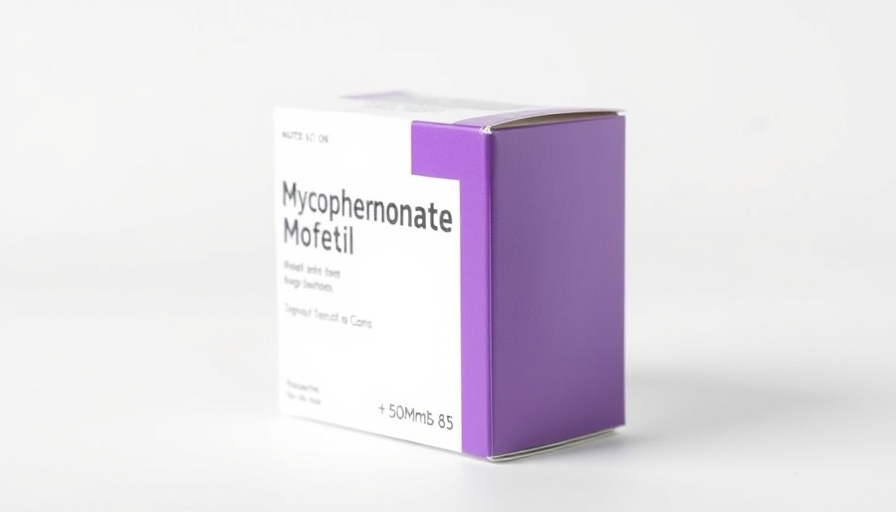
Understanding the Sit and Rise Test: A Key Indicator of Longevity
Recent research published in the European Journal of Preventive Cardiology sheds light on a simple, yet powerful assessment known as the Sit and Rise Test (SRT) and its correlation with longevity. Building on prior studies, this test serves as a practical way to evaluate physical capabilities, specifically for older adults.
What is the Sit and Rise Test?
The SRT measures an individual’s ability to transition between sitting and standing with minimal assistance. Participants are scored based on their ability to perform this motion without relying on any external support or body parts, thus offering insights into their muscle strength, flexibility, core stability, and joint mobility. This makes it a valuable tool for healthcare professionals in determining a patient’s musculoskeletal health.
Score Your Way to a Longer Life
A perfect SRT score is 10—5 points for the sitting position and 5 for standing. Points are deducted if a participant requires support or assistance. Alarmingly, studies have revealed significant differences in mortality rates based on these scores. Individuals scoring low (0-4) exhibited a staggering 42% mortality rate from natural causes, while those achieving a perfect score of 10 had a mere 3.7% mortality rate.
Integrating SRT into Regular Health Assessments
What does this mean for clinical practice? Incorporating SRT into regular wellness exams can be a game changer. Given that it is quick and can be performed in diverse settings, healthcare providers can effectively gauge a patient’s physical health status. A low score should prompt a discussion about necessary interventions, such as exercise programs focused on enhancing strength and flexibility.
Why Musculoskeletal Health Matters
As we age, our overall body strength and balance tend to decline. Hence, assessing musculoskeletal health becomes crucial in predicting longevity. A robust core and lower body strength are essential for daily activities and maintaining independence as one ages. Understanding these metrics can empower individuals to take proactive steps towards better health.
Decisions Based on Your SRT Score
Understanding the implications of your SRT score can lead to informed decisions regarding lifestyle changes. Engaging in targeted physical activities, such as strength training and flexibility exercises, can enhance overall health outcomes and potentially increase longevity. The SRT not only acts as an assessment tool but also as a motivational factor for individuals to embrace healthier habits.
In conclusion, the Sit and Rise Test is an essential assessment that can provide critical insights into an individual's health status and potential lifespan. As healthcare shifts towards preventative measures, simple tests like the SRT may play a pivotal role in enhancing quality of life into older age.
 Add Row
Add Row  Add
Add 




Write A Comment